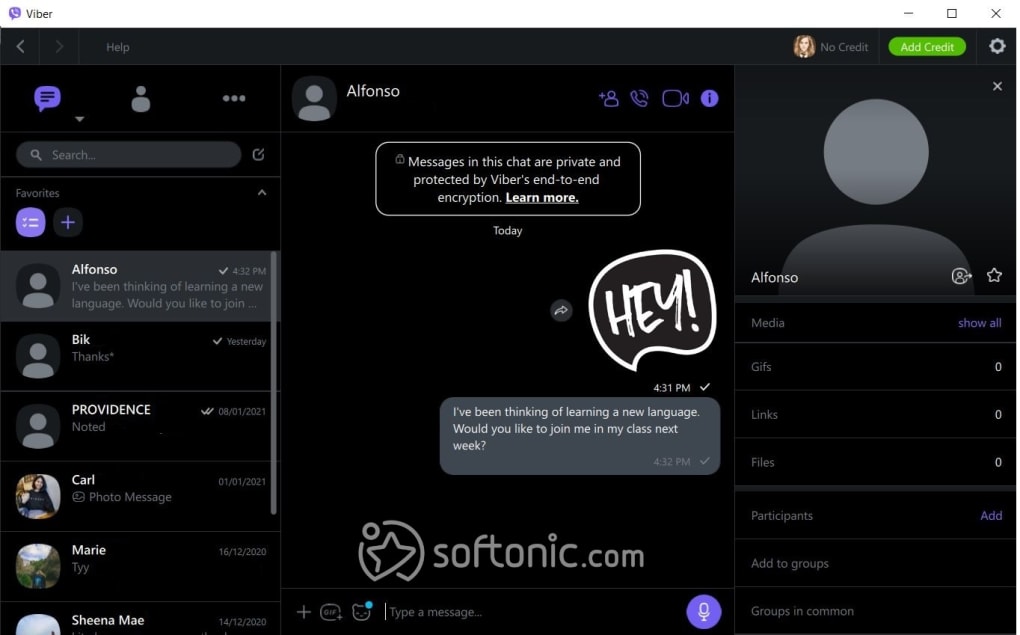

The app itself was founded in 2010 in Cyprus, was bought by the Japanese e-commerce company Rakuten last year, and is expanding its corporate presence into Southeast Asia and Eastern Europe.

#Viber for mac review android#
It’s popular in places like Mali, Libya, Iraq, Myanmar, and as of April this year, 65 percent of Android phone in Ukraine had it installed. At this stage in App-a-Thon 2016, after having reviewed so many apps, it’s hard to tell what makes Viber stand out from the crowd other than its geographical footprint, which is one of the most interesting (and almost haphazard) of all the messaging apps we’ve studied, as this map shows. This might explain some of its focus on calls (via Viber Out). As I understand, it started off as a competitor to Skype, rather than as a competitor to other messaging apps. CommentaryĪnand: I found Viber’s user interface simple enough, and it has all the features one would expect of a messaging app. Encrypted chats to individuals and groups.Ĭons: No browser-based version.
#Viber for mac review professional#
Pros: Offers a series of professional features including promotional stickers, official public chats, and API-based features to message constituents. A Viber plugin is available for Google Chrome, but it requires desktop application to be installed.

Desktop application available for Windows, Mac, and Linux. Create public chats to broadcast messages. Voice calls to other Viber users via web and calls to mobiles/landline phones via Viber Out (an associated app). Key functionalities: Send and receive text, photo, doodles, audio, and video messages share money (via Western Union), files, and geo-locations. This time around we’re checking out Viber. So far, we’ve covered WhatsApp, Facebook Messenger, Telegram, kik, LINE, and BBM. How does it work? The entire DAI ICT team signs up for a platform, and for one week, we use it to chat with each other, send images and video, and explore the quirks and features of the app. “ App-a-Thon 2016” is our way of quickly immersing ourselves in different messaging apps to learn about their functionality, look, and feel. These conversations have reminded us that we have to work hard to stay on top of the growing number of messaging apps on the market today, as what was popular six months ago might no longer be today. As we’ve ramped up our Digital Insights work over the last few months, we’ve had the opportunity to talk with people around Africa, Asia, Latin America, and the Middle East about the digital tools they use to stay in touch with each other and the world around them.


 0 kommentar(er)
0 kommentar(er)
